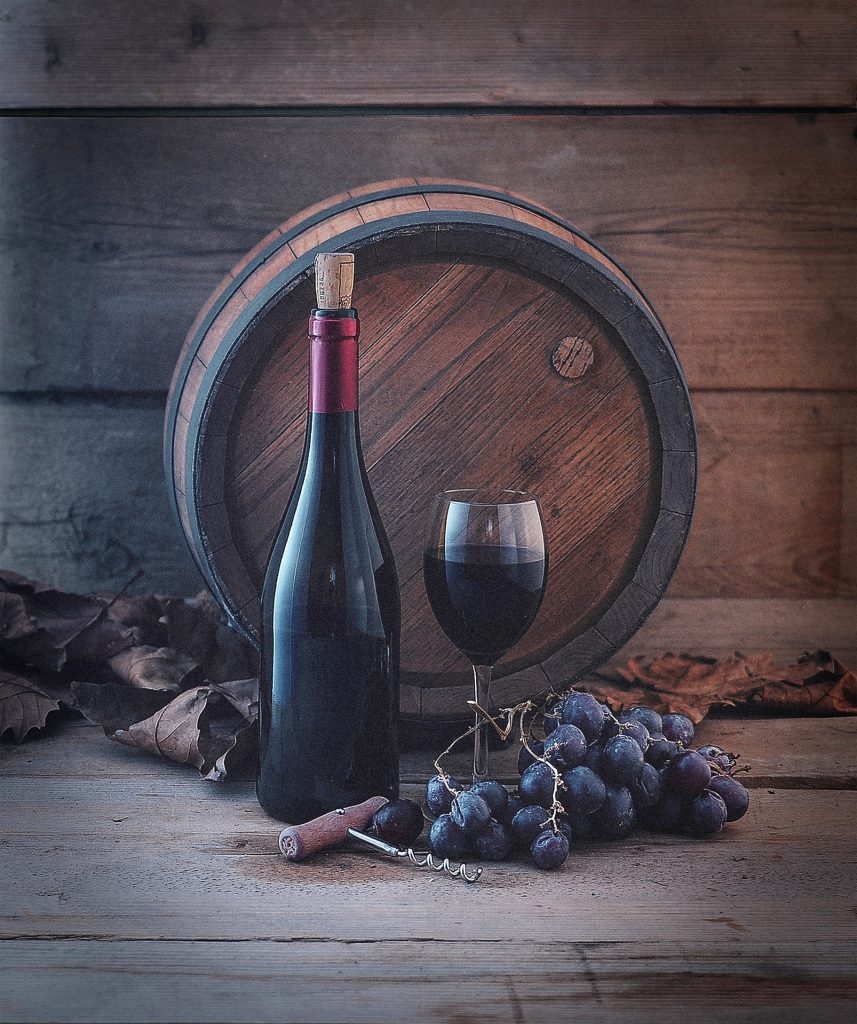Introduction
The red wine market is dynamic and continually evolving, influenced by changing consumer preferences, technological advancements, and global events. Understanding current trends can help wine enthusiasts and producers navigate the landscape effectively. This article explores some of the significant trends shaping the red wine market today and what to expect in the coming years.
1. Sustainability and Organic Practices
Sustainability is becoming a key focus in the wine industry:
- Organic and Biodynamic Wines: Consumers are increasingly interested in organic and biodynamic wines, which are produced without synthetic pesticides or fertilizers. These wines often emphasize terroir and natural winemaking practices, appealing to environmentally conscious consumers.
- Sustainable Packaging: Many wineries are adopting sustainable packaging solutions, such as lightweight bottles, eco-friendly corks, and alternative closures. This shift not only reduces the environmental impact but also resonates with consumers who value sustainability.
2. Health-Conscious Choices
As consumers become more health-conscious, their wine choices are changing:
- Lower Alcohol and Lower Sugar Wines: There is a growing demand for lower-alcohol and lower-sugar wines, as consumers seek options that align with healthier lifestyles. Winemakers are responding by producing wines with reduced alcohol content and minimal residual sugar.
- Functional Wines: Some producers are experimenting with functional wines that incorporate added health benefits, such as probiotics or antioxidants. These wines cater to consumers looking for beverages that offer more than just a pleasant taste.
3. E-commerce and Direct-to-Consumer Sales
The way consumers purchase wine is changing:
- Online Wine Sales: The rise of e-commerce has transformed the wine buying experience. Many consumers now prefer to purchase wine online, allowing for greater convenience and access to a broader selection. Wineries are increasingly investing in their websites and online marketing to reach customers directly.
- Subscription Services: Wine subscription services are gaining popularity, offering curated selections delivered to consumers’ doorsteps. These services provide an opportunity for consumers to discover new wines without visiting a store.
4. Globalization of Wine Culture
Wine culture is becoming more global, with influences from various regions:
- Emerging Wine Regions: Countries previously not known for wine production, such as China, India, and South Africa, are gaining recognition for their quality wines. This globalization of wine culture encourages consumers to explore diverse offerings from around the world.
- Cross-Cultural Pairings: As culinary traditions blend, consumers are experimenting with wine pairings that reflect global cuisines. This trend encourages winemakers to produce versatile wines that can complement a wide range of dishes.
Conclusion
The red wine market is evolving rapidly, driven by trends in sustainability, health consciousness, e-commerce, and globalization. As consumers become more informed and engaged, wineries must adapt to meet their changing preferences. By embracing these trends, wine producers can navigate the market effectively and continue to thrive in an ever-changing landscape.


